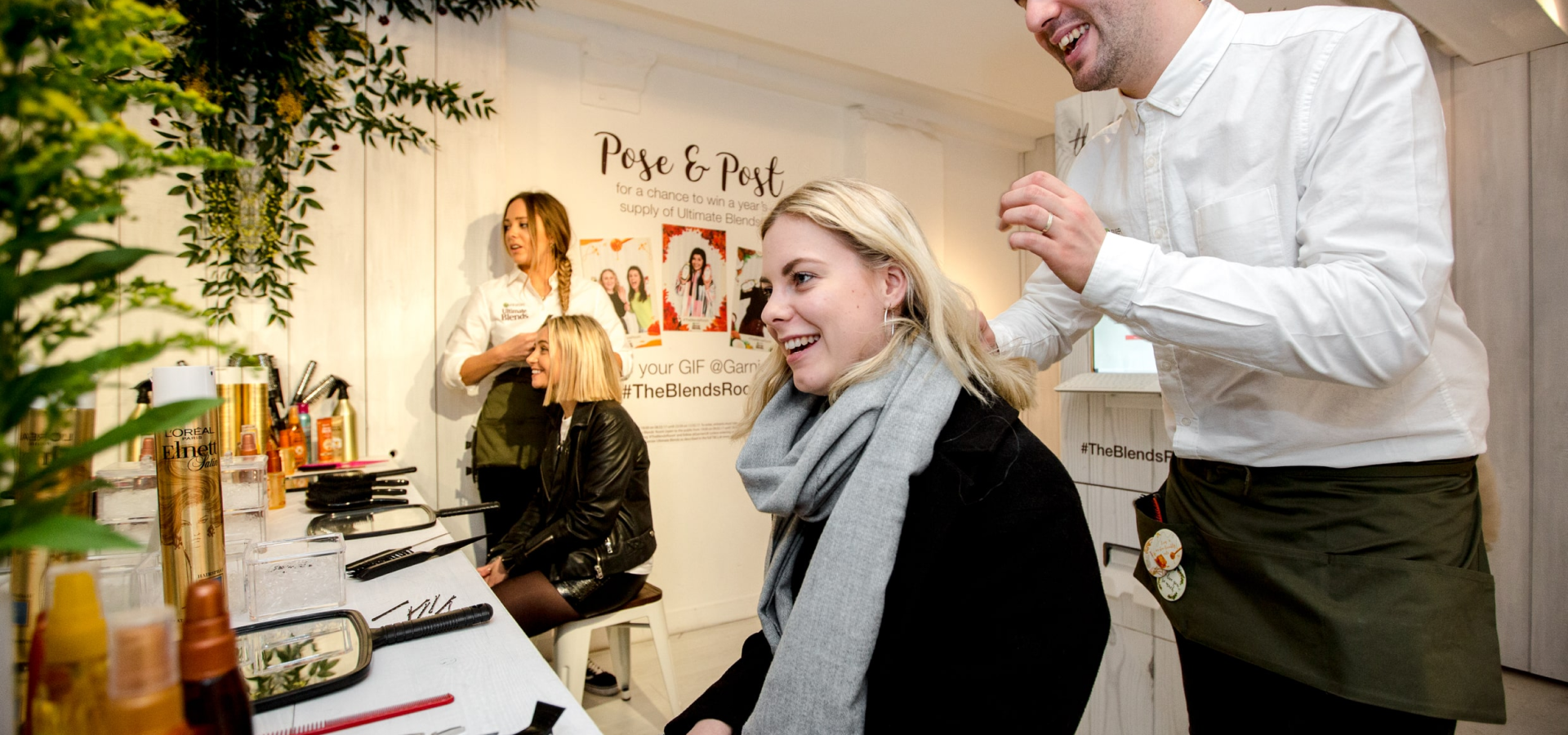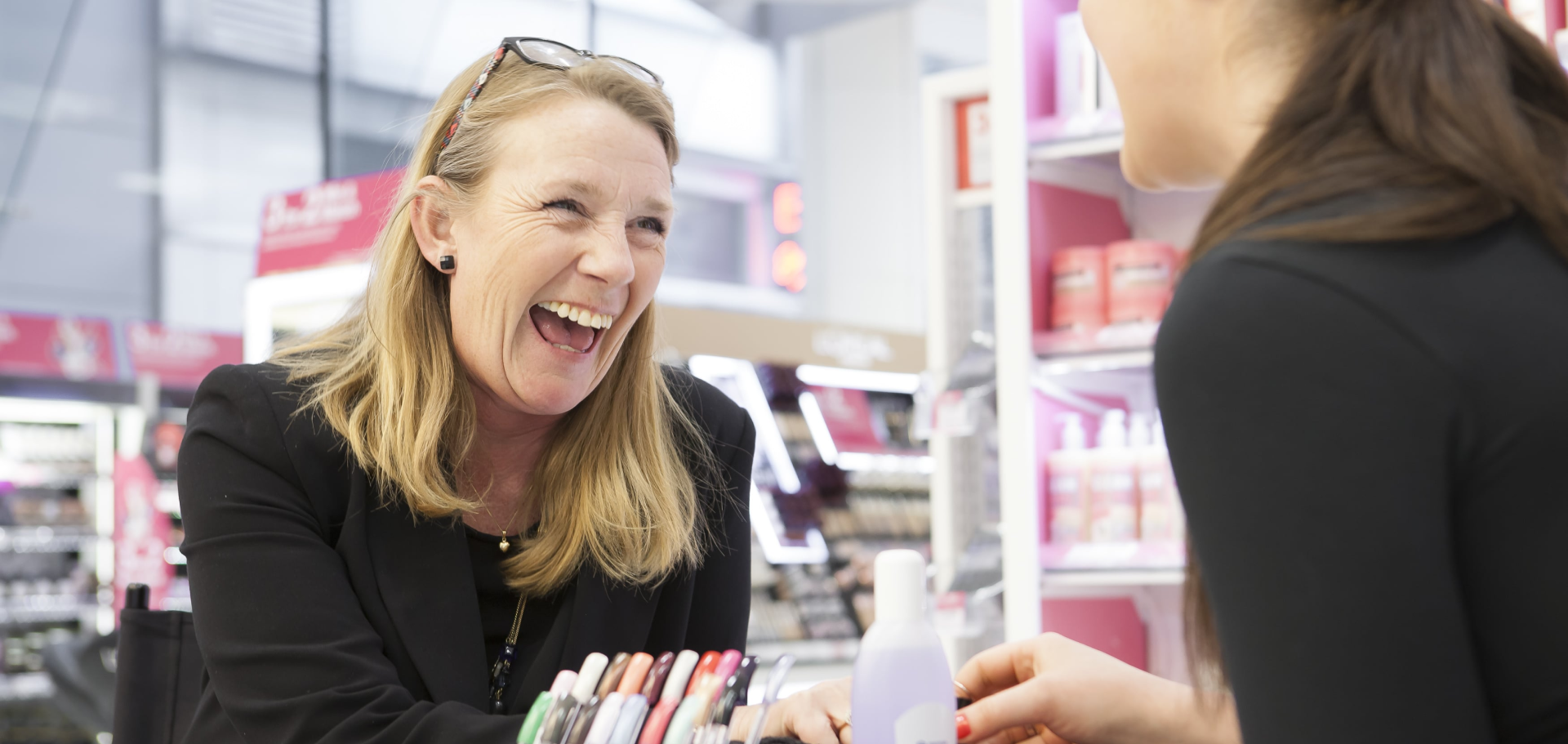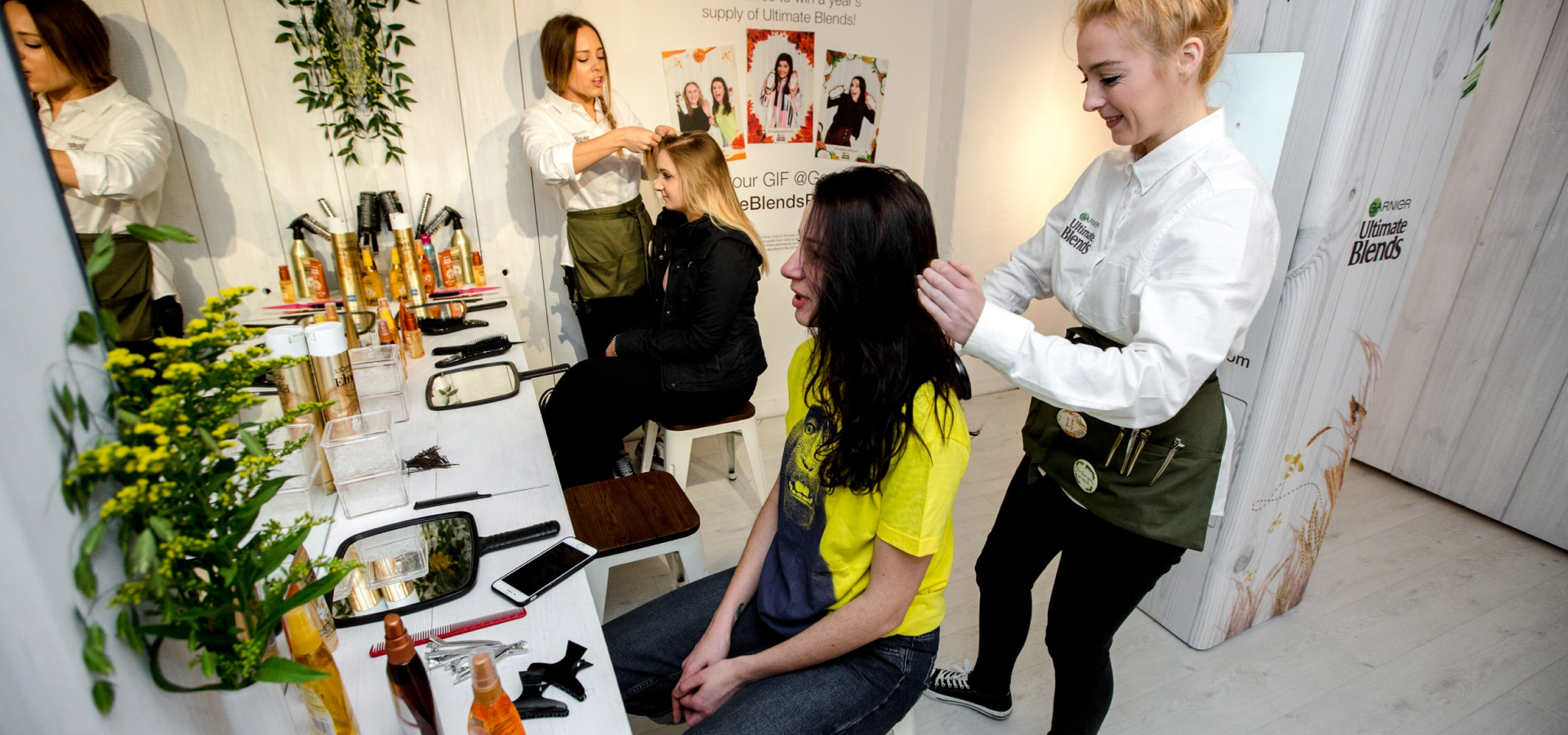One of the most interesting evolutions to come out of the coronavirus pandemic is the accelerated growth of online retailing. Various analysts and commentators have comprehensively noted that lockdown has accelerated digital adoption to the tune of 5-10 years growth in the space of a few months. Although the online shopping phenomena is definitely here to stay, what is as equally as interesting is the percentage of retail shopping that has not gone online. For example, in February 2020 the % of in-store sales stood at 80% yet in July 2020 (well beyond when the impact of lockdown was first seen), UK retail store sales still accounted for 71% of all sales (source: ONS).
A clear point emerges; one that the most switched on (and perhaps best funded) of online and retailers have already realised: online-only retailers ultimately cannot win. No consumer is a single channel consumer, yes, they shop increasingly more online than they did before, but the vast majority of retail spend still comes from within physical stores.
To really ‘own’ their market and continue growth, the best online retailers will have to become fully agile, creating a 360 omni-channel approach. This will include offering both physical shopping spaces and an enhanced consumer experience, whilst cross-selling and marketing across multiple digital channels. Some thought leading brands are already on the journey; Peloton, Pure Scooters and Fenty are all in the midst of store openings; Britain’s latest unicorn Gymshark have overtly stated their aims to do the same.


